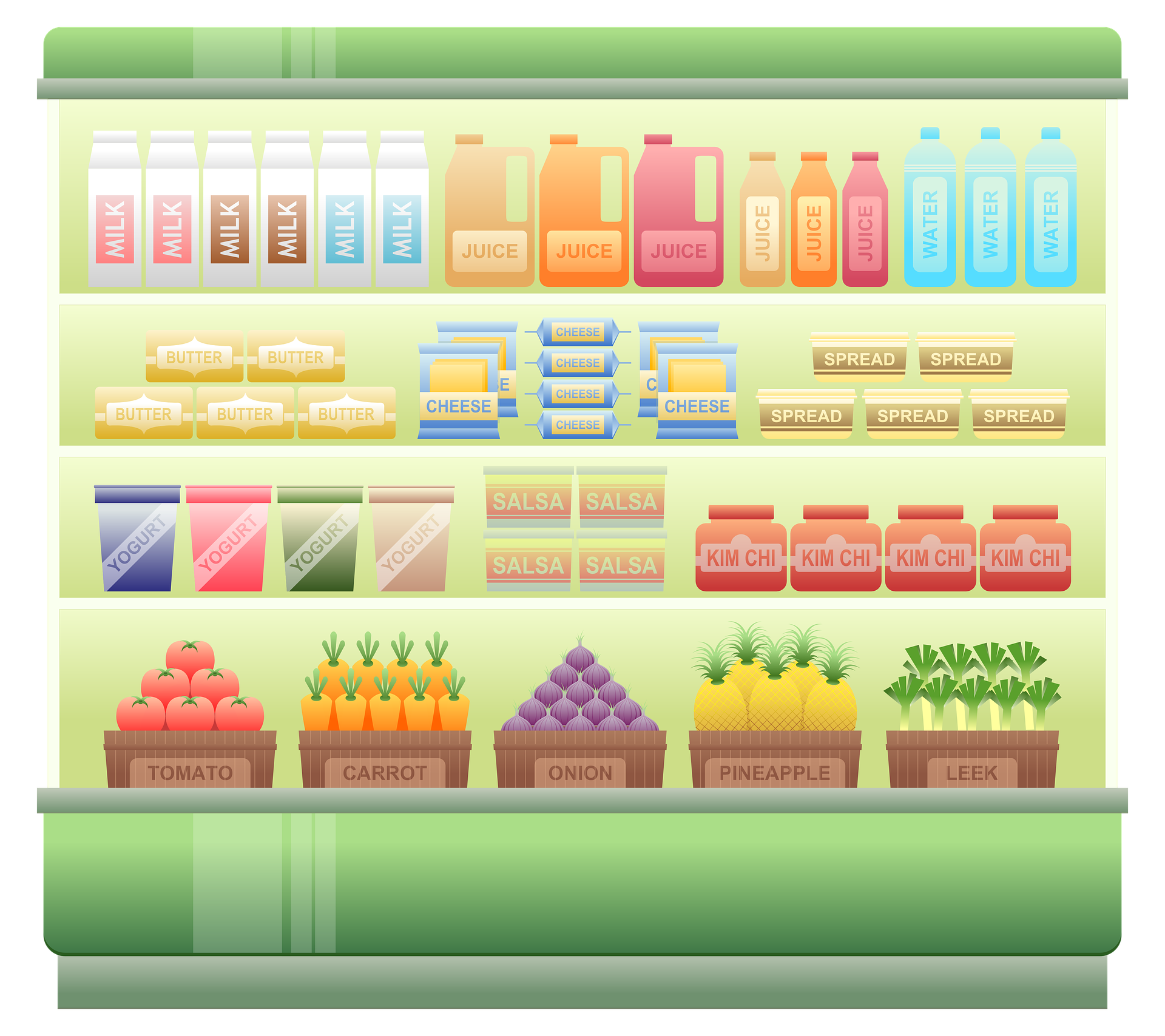How Do We Organize Our World?
MATH
Get curious
9 min
Movement game (9 min)
The students play a game in which they guess the “patterns of thinking” of others.
Before beginning the game, talk for a while. Ask the students:
What is logic?
What do we associate it with?
What do we mean by logical thinking?
What is logic?
What do we associate it with?
What do we mean by logical thinking?
5 min
Talk (5 min)
The students consider what is meant by a attribute of an object.
The students consider what is meant by a attribute of an object.
Ask the students: What guided you when you made your way through the picture “maze”? What did you base your choice on?
Tell the students what a attribute is. Choose some (2-3) of the pictures from the previous task. Ask the students about the attributes of other objects and write down the listed attributes on the blackboard.
Ask the students: What guided you when you made your way through the picture “maze”? What did you base your choice on?
Tell the students what a attribute is. Choose some (2-3) of the pictures from the previous task. Ask the students about the attributes of other objects and write down the listed attributes on the blackboard.
Get going
5 min
Experiment (5 min)
Students form sets out of geometric shapes with specific attributes.
Students form sets out of geometric shapes with specific attributes.
After they have finished the task ask the students:
If I hadn’t given you any boxes how would you have managed to arrange these shapes?
If you tried to arrange these things only in your mind would you be able to carry out the task?
How do you think we are able to organize and classify different objects in our thoughts?
After they have finished the task ask the students:
If I hadn’t given you any boxes how would you have managed to arrange these shapes?
If you tried to arrange these things only in your mind would you be able to carry out the task?
How do you think we are able to organize and classify different objects in our thoughts?
6 min
Observing (6 min)
The students learn about collections of sets, i.e. classes and classification.
To explain what classification and class involve use the following objects:
Show the students a film about the classification of animals.
- a large cardboard box
- the two smaller cardboard boxes from the previous exercise, which will then be placed in the large cardboard box
Show the students a film about the classification of animals.
Ask the students:
What other animals belong to the cat family?
What other animals belong to the cat family?
7 min
Movement game (7 min)
The students divide into sets according to specific attributes and then count the number of individuals there are in different sets.
3 min
Summary (3 min)
The students look for examples of single element (singleton) sets and empty sets.
Ask the students:
Is there such a thing as a set that has only one member?
Can there be such a thing as an empty set? What would be an example of such a set?
How many sets is it possible to create?
Is there such a thing as a set that has only one member?
Can there be such a thing as an empty set? What would be an example of such a set?
How many sets is it possible to create?
Get practicing
Observing
The students arrange objects chosen by themselves into sets and then draw up a catalogue of collections containing these sets together with their members.
Using their knowledge of sets, the students arrange any objects of their choice into a collection: e.g. books or the contents of a pencil case. They can do this on their own or in pairs.
They then make a drawing of their sets and give them a name or supplement them with drawings. Every object should be assigned a set even if it is the only member of that set.
Observing
The students go shopping in a store with their parents, they choose one shelf in the store and check what collections of objects they find on it.
When they get back home they should make a drawing of these sets/collections and give them a name or supplement it with drawings.
You will download zip file now.
Make sure that you have an application that opens zip files.
If not, download single materials directly from the lesson plan.
Download zip files
Download single materials

